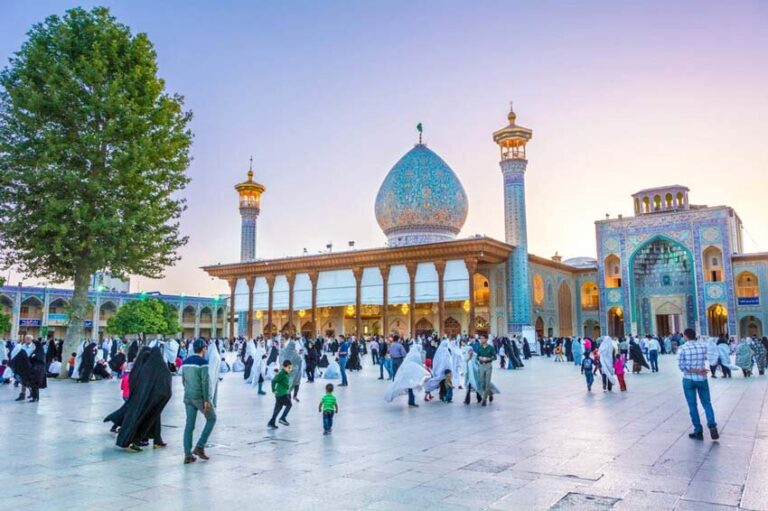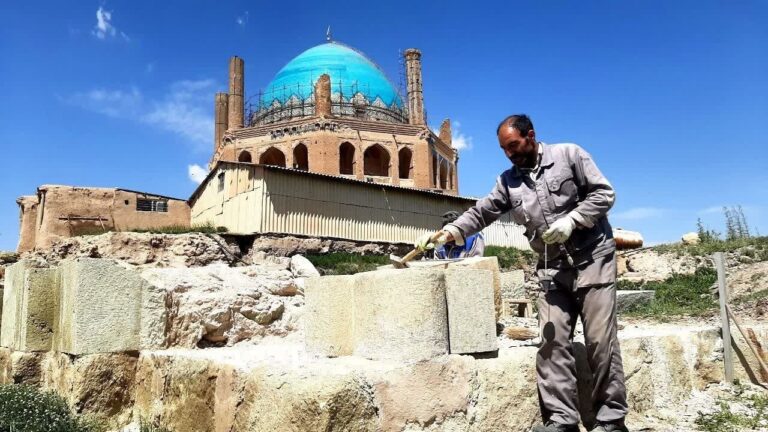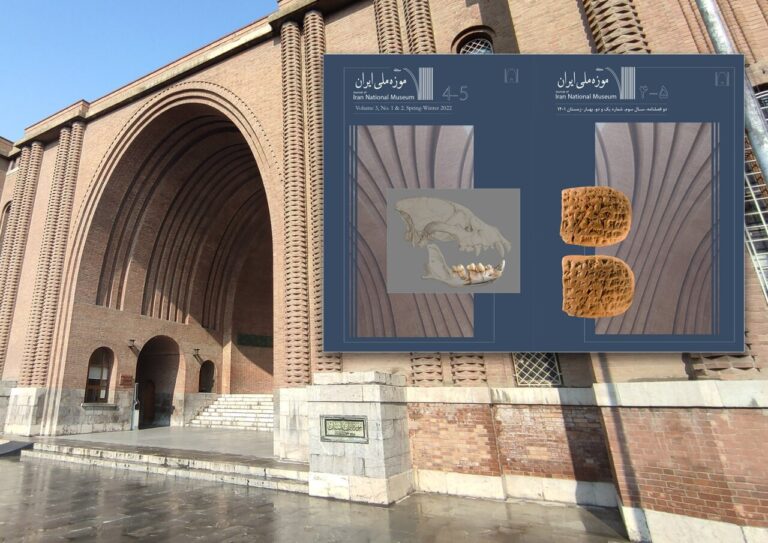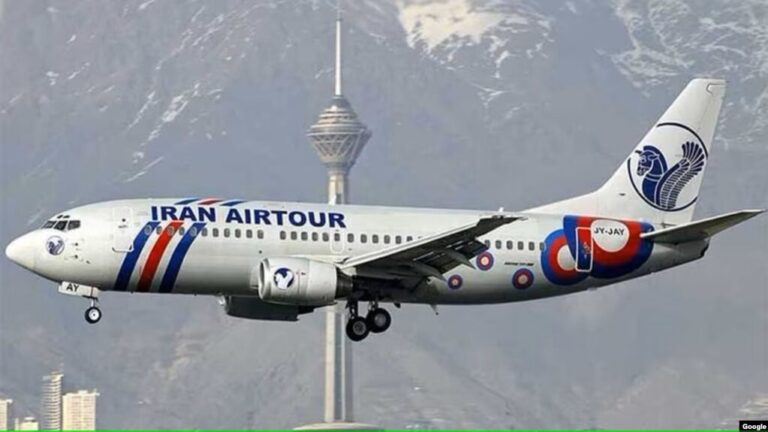
Similar Posts

Global Halal Tourism Market Set to Soar to $410 Billion by 2032: A Lucrative Future Awaits!
The Halal tourism market is set for significant growth, projected to reach $410.9 billion by 2032, up from $256.5 billion in 2023. With 80 million Muslim tourist arrivals in early 2024 expected to rise to 230 million by 2028, destinations are enhancing facilities for Muslim travelers, including Halal food, prayer spaces, and gender-segregated amenities. Countries like Malaysia, Turkey, and Indonesia lead in offering comprehensive Halal experiences, while European cities are adapting to attract Muslim tourists. The rise of technology and group travel further supports this trend, signaling the sector’s vital role in the global travel industry.

Shah Cheragh Shines: Visitors Flock to Captivating Booth at Tehran Fair!
The Shah Cheragh shrine gained significant attention at the 18th Tehran International Tourism Exhibition, showcasing its rich religious and historical heritage. Located in Shiraz, this 12th-century funerary monument is the resting place of Seyyed Ahmad, known as “King of Light.” Fars province’s tourism chief, Mohammad Sabet-Eqlidi, highlighted the shrine’s role in attracting thousands of pilgrims annually, underscoring the importance of religious tourism. Visitors praised the booth’s content, reflecting Fars’ commitment to promoting its cultural heritage. The shrine’s architectural beauty, featuring intricate tilework and a stunning blue dome, further enhances its appeal as a vital spiritual destination in Iran.

Iran Launches Legal Battle to Reclaim Historic Coins Auctioned Abroad
Iran’s General Directorate of Museums has initiated legal actions to prevent the sale of two ancient coins at the CNG Auction House, believed to originate from Iran’s archaeological sites. The Ministry of Cultural Heritage responded swiftly after learning of the auction, asserting Iran’s ownership over the artifacts, which date back to the pre-Achaemenid and Sassanian periods. One coin was reportedly sold before intervention, while efforts continue to recover the second. Emphasizing adherence to UNESCO regulations, officials aim to reclaim cultural heritage, reflecting growing global concerns over the preservation and rightful ownership of historical artifacts.

Reviving History: 14th Century UNESCO World Heritage Site Soltaniyeh Receives Restoration Makeover
Phase two of the restoration project for the southern gate of the UNESCO-listed Soltaniyeh Dome has commenced, directed by Abolfazl Ali. This phase focuses on protecting and restoring the historic monument, expected to continue until November. A skilled heritage team is leading the initiative, aiming to maintain the site’s integrity while also restoring a nearby stone citadel. The Soltaniyeh Dome, built between 1302 and 1312, is a significant example of Persian and Islamic architecture, featuring a remarkable double-shelled dome. The restoration efforts highlight the commitment to preserving cultural heritage and enhancing tourism potential by transforming the site into a vibrant cultural hub.

Iran National Museum Journal Unveils New Issue to Celebrate Cultural Heritage Week!
The Iran National Museum Quarterly Journal has released Volume 3, Issue 1, coinciding with Cultural Heritage Week and International Museum Day. This issue features 17 articles on archaeology and museology, published in English and Persian for public access. Key highlights include findings from the Lower Paleolithic site of Dehtal, insights on faunal diversity from Wazmeh Cave, and discoveries related to Neolithic burial practices. It also explores ancient administrative practices through Susa clay tablets and discusses innovative methodologies, such as CT scans of salt mummies. The journal emphasizes interdisciplinary research and aims to enhance appreciation of Iran’s cultural heritage.

France Grounds Iran’s Inaugural Flight to Europe Post-Suspension
On January 31, 2025, Iran’s Civil Aviation Organization (CAO) announced the cancellation of the Tehran-Paris flight operated by Iran Airtour, set to resume after a long suspension due to European sanctions. The flight was scheduled to depart just two days later, raising concerns among travelers. The French Civil Aviation Authority had previously issued a permit, but notified Iran Airtour just 48 hours before departure that the flight was not allowed to operate. The CAO is actively engaging with French officials to clarify reasons for the cancellation and restore the flight schedule, highlighting ongoing challenges in international aviation amid political tensions.